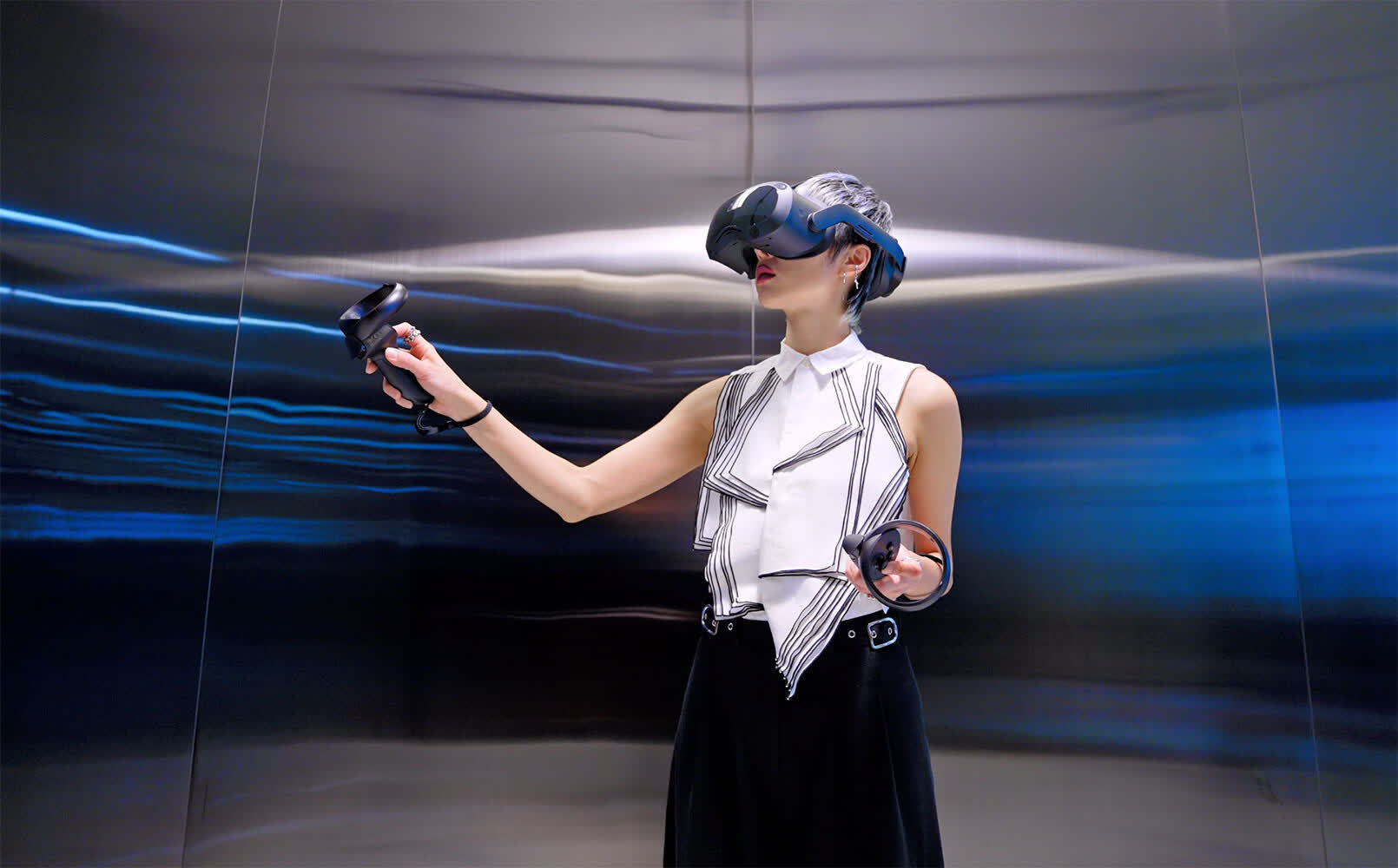In brief: Oculus currently accounts for over half the market for mixed reality headsets, but HTC is pushing back with two new Vive VR headsets that sport advanced 5K displays and an expansive, 120-degree field of view. The only downside: they cost a small fortune for the privilege, especially if you need the SteamVR base station and the Vive controllers.
If we go by Counterpoint Research numbers, Oculus captured around 53 percent of the mixed reality market in 2020, thanks in no small part to the popularity of the Oculus Quest 2, a headset that raked in five times as many pre-orders when compared to the first iteration. Its otherwise excellent value for the asking price of $399 is only marred by the requirement to use a Facebook account to use it, but a jailbreak to circumvent that is already underway.
Must read: Is Virtual Reality Missing Its Moment?
It's easy to look at the virtual reality space and see how it could be missing on, as companies have yet to figure how to bring VR technology into the mainstream. HTC couldn't be bothered to solve this puzzle, of course, at least judging by the announcement of not one, but two shiny new and expensive Vive headsets that are targeted at businesses, professionals, and high-end enthusiasts.
The HTC Vive Pro 2 is a souped-up version of the 2018 Vive Pro, itself a major upgrade – particularly in the ergonomics department – over the original Vive headset. The most notable change is the more advanced display that comes in at a resolution of 5K, or 2448 by 2448 pixels per eye. It also offers a 120 Hz refresh rate compared to the 90 Hz on the Vive Pro, as well as a wider, 120-degree field of view.
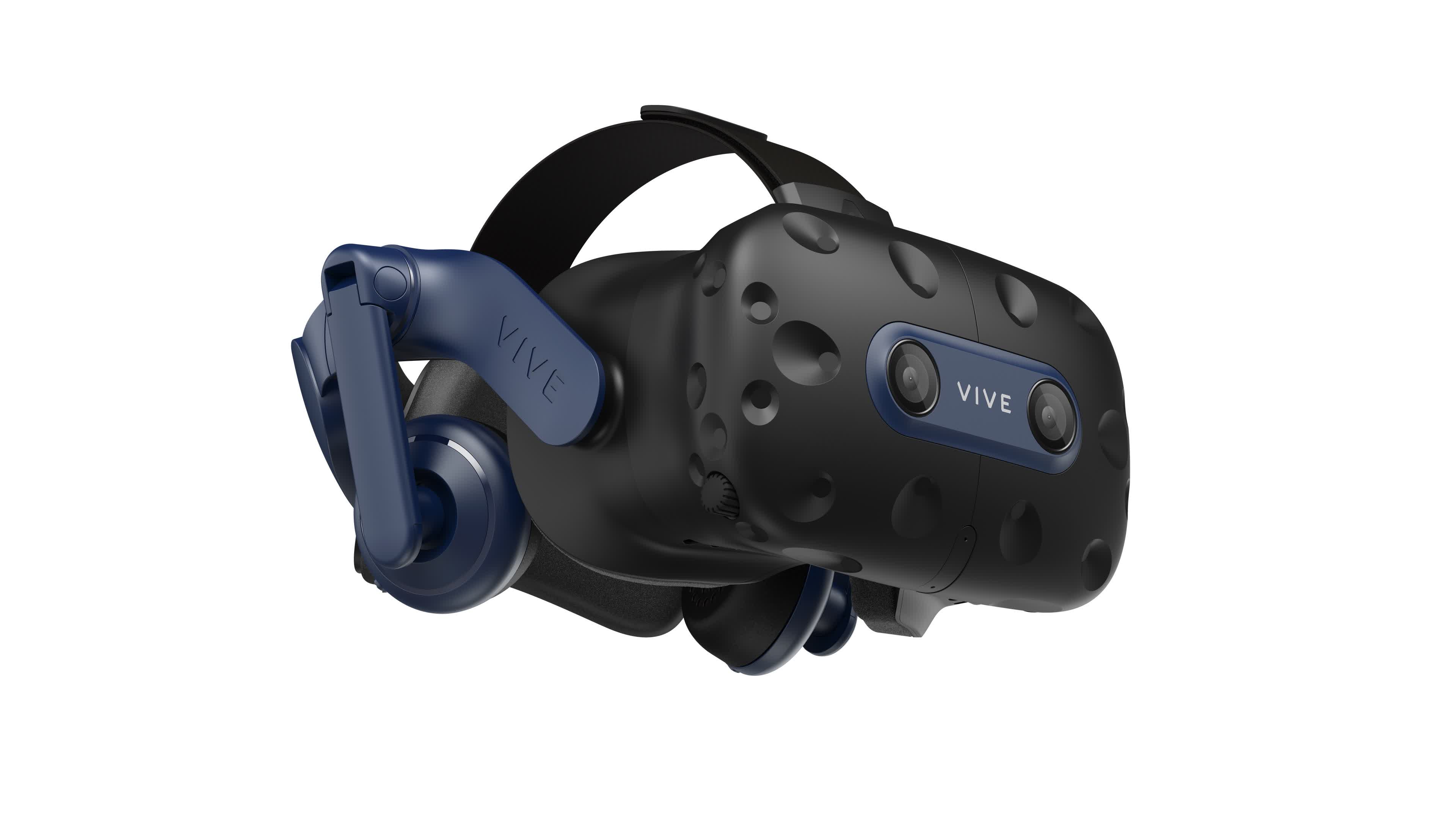
HTC says the Vive Pro 2 is the first VR headset that supports Display Stream Compression (DSC), which is something you'd typically see on high-end PC monitors.
In short, it's a visually lossless low-latency algorithm that makes more efficient use of the available bandwidth on DisplayPort and HDMI interfaces, enabling support for higher refresh rates and higher resolutions, going as far as 8K@120 Hz and 10K@100 Hz on HDMI 2.1.
The upcoming DisplayPort 2.0 standard will allow for two 8K displays to run at 120 Hz from a single USB4 port, or a single 16K display running at 60 Hz.

More importantly, the new display in the Vive Pro 2 is designed to minimize motion blur and virtually eliminate the 'screen door' effect that plagued many previous-gen VR headsets.
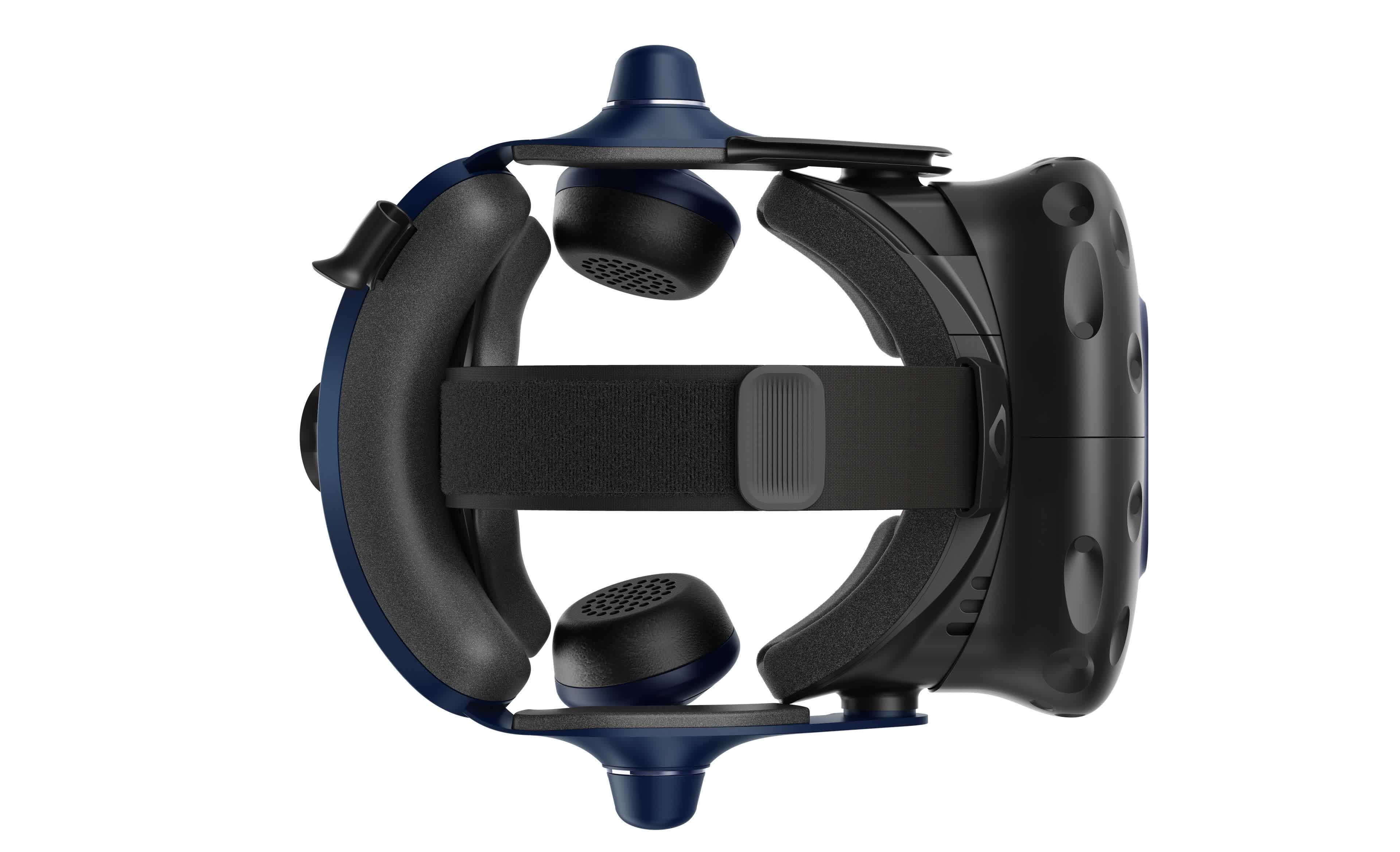
In the ergonomics department, the Vive Pro 2 has a more evenly distributed weight balance, adjustable head strap, a quickly adjustable sizing dial, and fine-adjustable interpupillary distance.
It also integrates a pair of Hi-Res Audio Certified headphones with 3D spatial sound, while allowing you to use third-party headphones of your choice. On that note, you can use all the accessories from the Vive SteamVR ecosystem, including the Vive Trackers, Vive Facial Tracker, Vive Controllers, Vive Wireless Adapter, and even Valve's Index controllers.
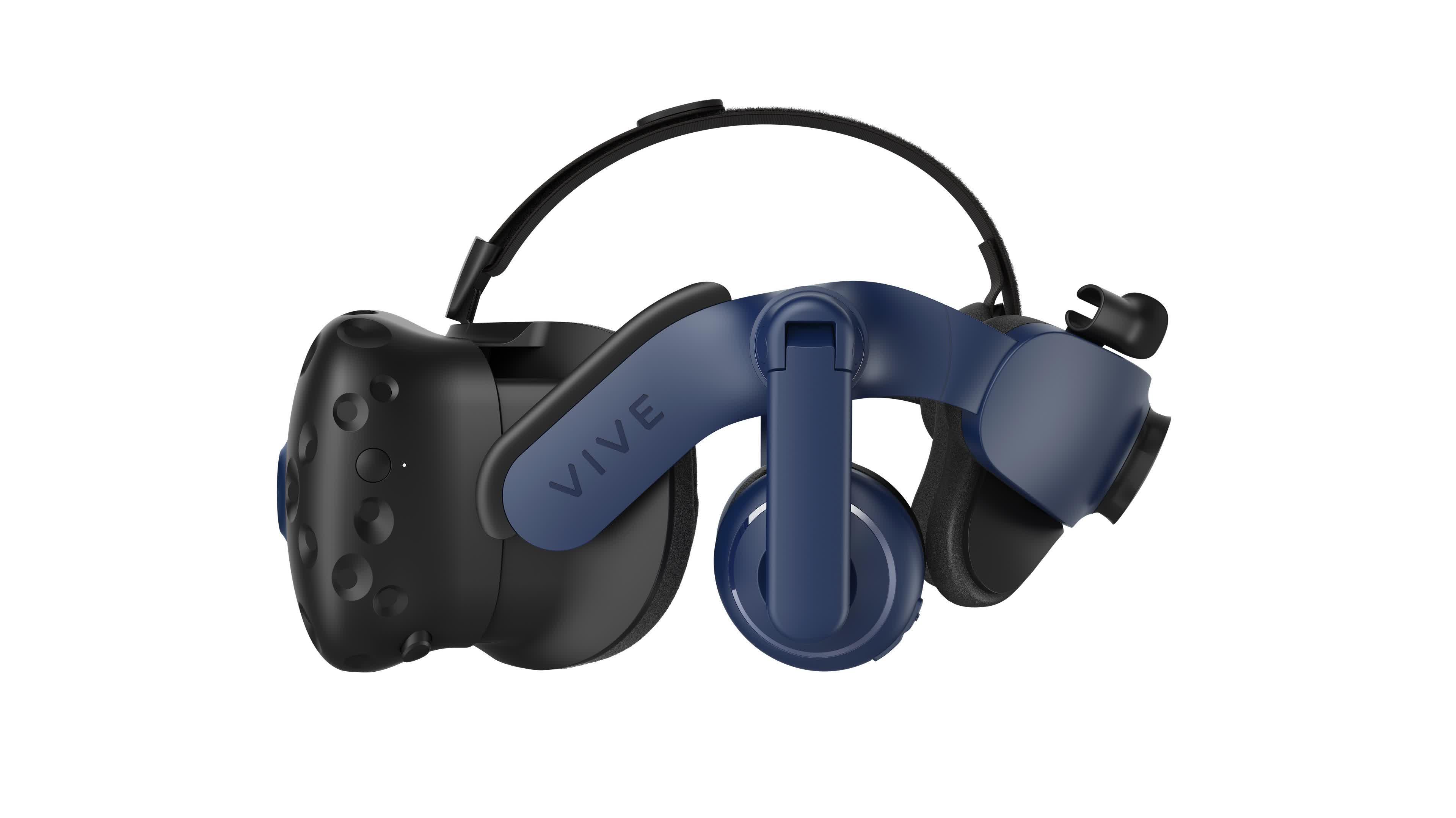
Those of you interested in the Vive Pro 2 can expect to pay $799 for the privilege of owning just the headset. If you need the full kit that includes the Base Station 2.0 and Vive controllers, you'll have to wait until August 4 and shell out $1,399.
HTC is running a promotion during the pre-order period (which lasts until May 31) that will shave $50 off the price of the headset if you sign up for the Vive newsletter.
Moving on to the new Vive Focus 3 headset, this is supposed to be the successor to HTC's Vive Focus Plus, with a 5K display running at 90 Hz, 120-degree field of view, and a hot-swappable battery mounted on the back. The design, however, is more refined on the Focus 3 than the Pro 2, making it look like a truly enterprise-grade alternative to the Oculus Quest 2.
The Focus 3 is lighter than the Focus Plus thanks to the use of a magnesium alloy frame, and HTC claims this is five times more durable than the plastics that are typically used in most VR headsets. Theoretically, this should make it more suitable in business environments where it would see a lot more use and abuse.
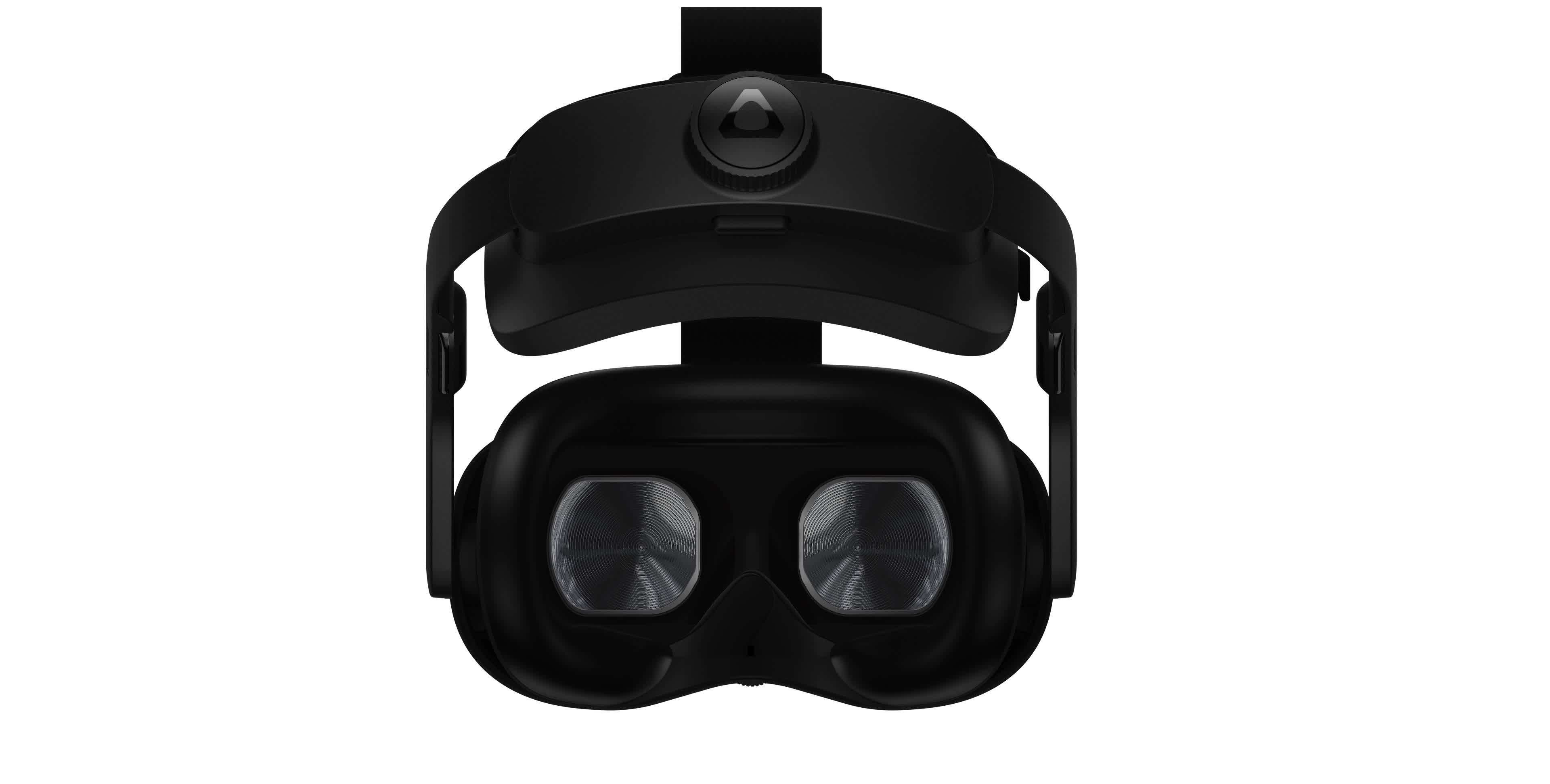
Just like with the Oculus Quest 2, the main selling point of the Vive Focus 3 is the ability to do away with wires and enjoy the freedom of a self-contained, wireless VR solution. This is powered by Qualcomm's 5G-compatible Snapdragon XR2 chipset, which is also present in the Oculus Quest 2 and offers 11 times the AI processing speed compared to previous solutions such as the Vive Focus Plus that relied on the Snapdragon 835.
The swappable, curved battery pack offers up to 15 hours on a single charge and supports quick charging so you can go from 0 to 50 percent in around 30 minutes, and a convenient LED indicator lets you know just how much juice is left in the headset. The ergonomics, at least on paper, are impressive: a fine-adjustable inter-pupillary distance, a quick-release button, removable magnetic front and rear face gaskets, and open-back speakers with dual drivers so users can maintain some environmental awareness.
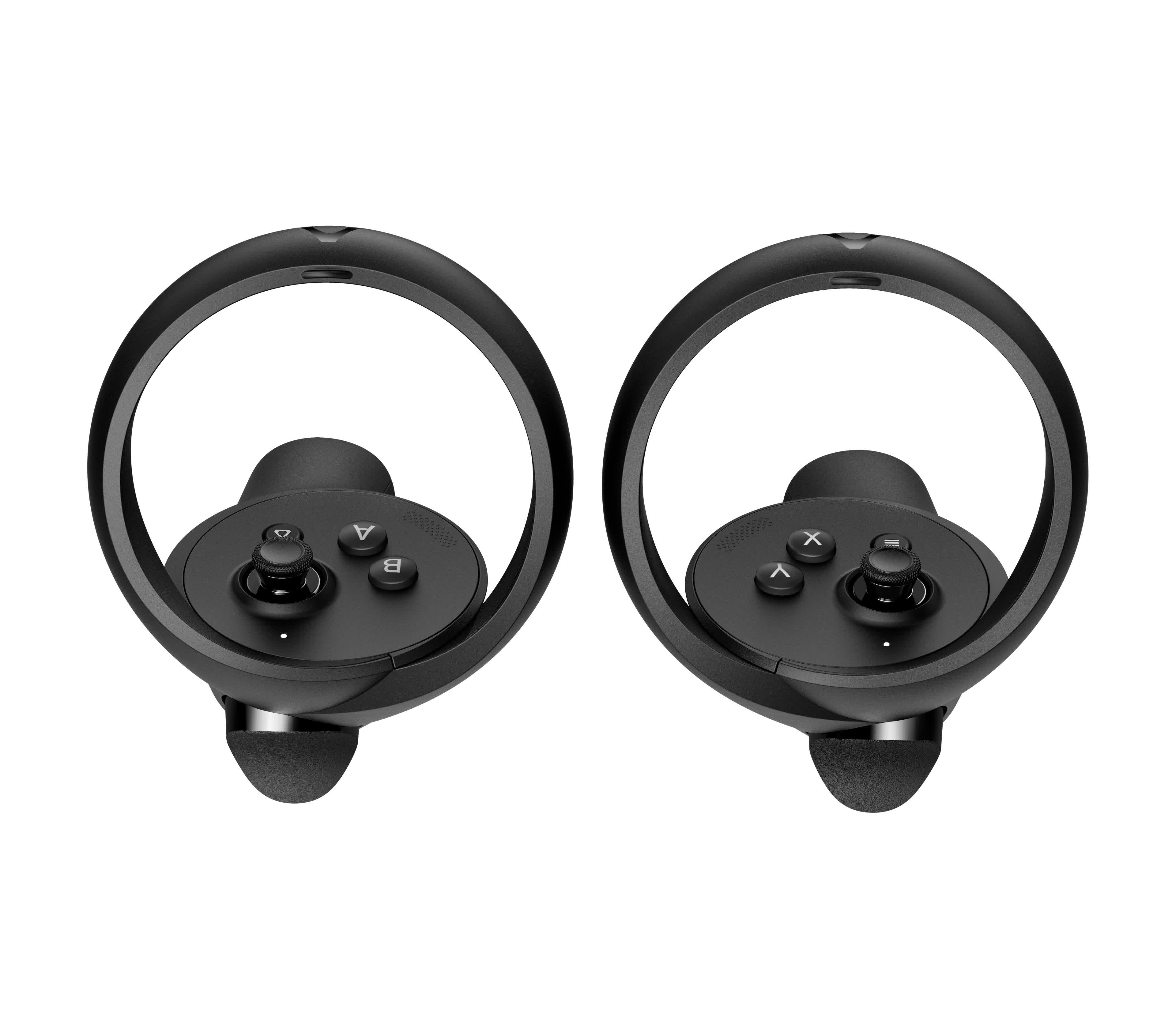
If you're worried about the sound leaking out of the open-back speakers, HTC has included a special audio privacy setting for the Vive Focus 3 – this care for privacy extends to all the precise tracking data collected by the headset, which is stored encrypted on the device. The redesigned controllers closely mimic those of the Oculus Quest 2, and the only remaining gap in functionality is hand tracking, but HTC says that will arrive via an upcoming software update.
If you are looking to play games on the Vive Focus 3, you can also use Vive Business Streaming to tether the device to a PC, and HTC is working on adding wireless streaming in the near future. However, the company really doesn't target the Vive Focus 3 at consumers, even as it still maintains the Viveport game store. HTC Vive General Manager Dan O'Brien confirmed as much during the ViveCon event, explaining the company is interested in a different business model than its competitors.
Specifically, it's not interested in the Oculus model, which subsidizes the otherwise expensive hardware through the data collection that Facebook uses to monetize users by tracking their behavior and preferences. On the other hand, the HTC Vive Focus 3 is designed around a complete suite of software and services called Vive Business so that companies in manufacturing and education can use it to "find the return-on-investment, their savings on efficiencies, and time to market, within six months of buying."
When you consider the $1,300/£1,060 price of the Vive Focus 3, it makes even the Valve Index look comparatively cheap and further solidifies the notion that this isn't meant to be an impulse buy for a VR enthusiast, despite its impressive specs.
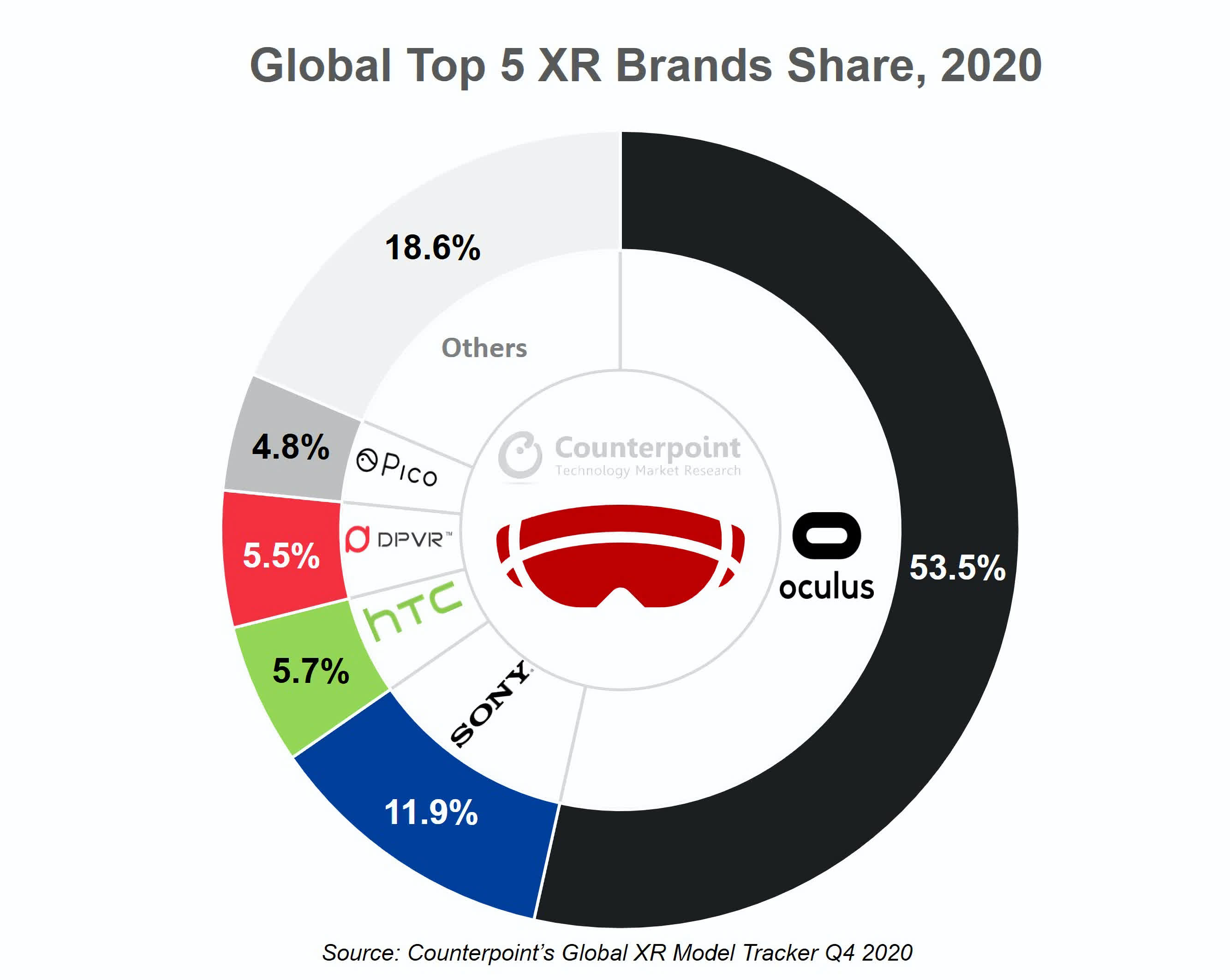
At this point, it's not clear if HTC is still interested in making more consumer-grade VR headsets such as the Vive Cosmos, but O'Brien leaves some room for that possibility. He notes, "the consumer story is still yet to be told from HTC, but that's something to be told in the future." Looking at the VR headset market as a whole, it's easy to see the hesitation, as the two most popular options seem to come from Oculus and Sony, who are both subsidizing their VR solutions in the hope of making more money down the line from user data or paid content strategies.
